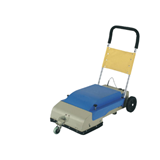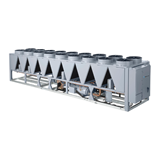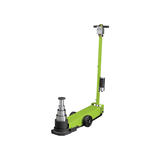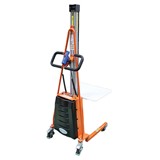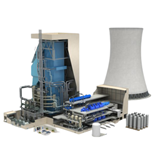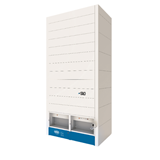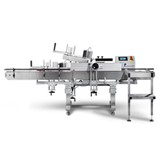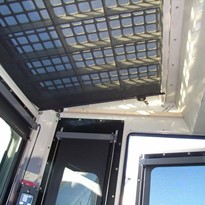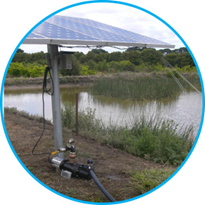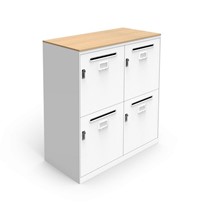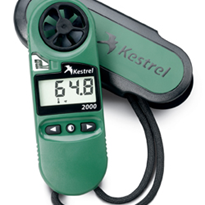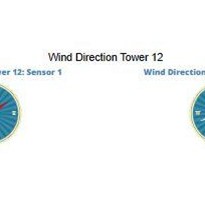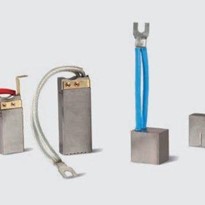The green revolution is here! With climate change and green energy now firmly established in the minds of Australians, and, indeed, in the policies of the Australian government, the move towards clean, sustainable energy sources has taken on a new momentum. Australia is also well-positioned to supply the raw materials needed by nations such as the United States to create their burgeoning green energy infrastructure.
But as investment capital is being increasingly drawn into the economies of other nations, is the Australian government providing enough incentives to ensure that it’s emission commitments and green energy projects can succeed? Let’s take a look at the issues.
The Wind, the Sun and the Air.
“I love a sunburnt country…” wrote Australian poet Dorothea Mackellar in her 1906 poem My Country. Solar power is one of the key components of Australia’s transition to green energy, and it’s no wonder. Australia has abundant sunlight, clear skies and large areas of land perfect for solar farms.
In parallel to this, our long stretches of easily-accessible ranges make hilltop wind farms another obvious choice for generating clean, sustainable energy. Projects to draw carbon from the atmosphere and to produce hydrogen are also now a key part of Australia’s green energy picture for the near future.
Keeping up with the play
Energy and infrastructure analysts are, however, wary of the detrimental effects of taking too long to invest in wind and solar energy projects. According to comments made at a recent energy and climate summit, there is a serious risk that Australia would surrender its natural advantages in emerging green energy industries — wind, solar, hydrogen — if it fails to offer incentives to overseas investors to put their cash into Australian projects.
Speaking at the Australian Financial Review Energy and Climate Summit, the minister for Energy and Climate change, Chris Bowen, stated that Australia has to “strike while the iron is hot” to attract investors to the renewable energies sector.
The recent injection of $US347 billion into the US economy by the US Inflation Reduction Act was, in essence, “really [an] emissions reduction act” that would draw a large amount of investment money into the US. This means that Australia will face stiff competition to attract green energy investment for projects that will cut emissions across the electricity, transport and mining sectors.
When the wind blows and the sun shines
Minister Bowen stated that Australia needs to install around 40 seven-megawatt wind turbines every month until 2030 if the country is going to achieve its targets for reducing emissions by 43 percent.
In addition to this, Australia will need to install and commission more than 22,000 500-watt solar panels every day if it is going to meet the 2030 target of 60 million new solar panels by that year. These massive numbers mean that investment is going to be crucial.
We’ve got the minerals
In addition to meeting targets for creating green and sustainable energy sources for its own needs, Australia also possesses the raw materials needed for other countries, particularly the USA, to meet their green energy goals. Minister Bowen told the audience at the AFR Energy and Climate Summit that the growth in green energy projects offshore presents an opportunity for Australia to become “a critical supplier of minerals used in solar panels and batteries.”
Safeguarding supply
The war in Ukraine, and the subsequent shortage of energy across much of Europe, has provided a stark reminder of the dangers of reliance solely on conventional energy sources. Renewables such as solar and wind power provide a supply of energy that no geopolitical crisis can interrupt. As long as the sun shines, the wind blows, and the infrastructure is in place, green energy sources will ensure a constant and dependable supply that is unaffected by global whims and wars.
The lesson from Europe is simple: the transition to renewables needs to be faster rather than slower. And rather than undermining the necessity to move towards sustainable energy sources, the European energy shortage has underlined the need for a speedy move away from coal and gas.
The Broad, Sunlit Uplands.
But the renewable energy horizon isn’t dominated by problems with investment and economies of scale. It’s quite the opposite in fact. Australia is on the cusp of a new era in energy production, transmission and storage. Around the country, dozens of renewable energy projects are already under way, with more in the planning and approval stages. Let’s take a look at a few.
A Hydrogen Superpower
Hydrogen as an energy source is developing rapidly in the USA and Europe. The cost of electrolysers (the units where water is split into its component parts: hydrogen and oxygen) is falling rapidly and analysts see this downward trend continuing as large-scale plants come online.
With big coal-fired power stations such as Victoria’s Loy Yang 1 set to close in 2035, work is underway to investigate ways in which the station’s infrastructure could be adapted for hydrogen production. Two other coal-fired power stations — the Lidell and Bayswater plants in the Hunter Valley region of NSW — are also being considered as possible sites for producing green hydrogen.
Maria Island BESS
The spectacular coloured rock formations of Maria Island, off the eastern coast of Tasmania form a backdrop to a new Battery Energy Storage System (BESS) currently being constructed on the island. The project will deliver a sustainable and reliable energy source to the island via an automated slim-line solar array with a capacity of 55kw and a BESS capacity of 215kWh. This will provide a minimum of two days of battery autonomy and reduce the island’s current dependence of diesel generation.
The final stage of the $12.63 million project, will involve delivery of critical upgrades to the island’s supply infrastructure, a new wastewater treatment facility and improved facilities for capturing and storing rainwater.
Goyder South Hybrid Renewable Power Station
Construction has begun on a large-scale hybrid renewable energy project in South Australia’s Mid-North region. Taking advantage of the area’s steady windflow (there are already many turbines on the hills around Burra, the region’s main town) and long sunshine hours, the project will consist of of around 1,200MW of wind generation, a 600MW solar array and 900MW of battery storage. This will provide electricity consumers with a 100% renewable and reliable energy supply at a fixed, low-cost price.
The first stage of the project, comprising an initial 900MW or combined wind, solar and storage capacity, will come online in 2024. You can find out more about the Goyder project by visiting the goyderenergy website.
(By the way — and completely off topic — the iconic house depicted on the cover of Midnight Oil’s album Diesel and Dust is located in a paddock near Burra.)
An Eye on the Future.
At STG Global, we keep a close eye on where the next green energy project is going to be and how these projects will be brought to fruition. So stay tuned for more in depth analysis of green energy and how this exciting transition is being accomplished.




-160x160-state_article-rel-cat.png)
-160x160-state_article-rel-cat.png)
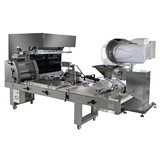

-160x160-state_article-rel-cat.png)


-160x160-state_article-rel-cat.png)


